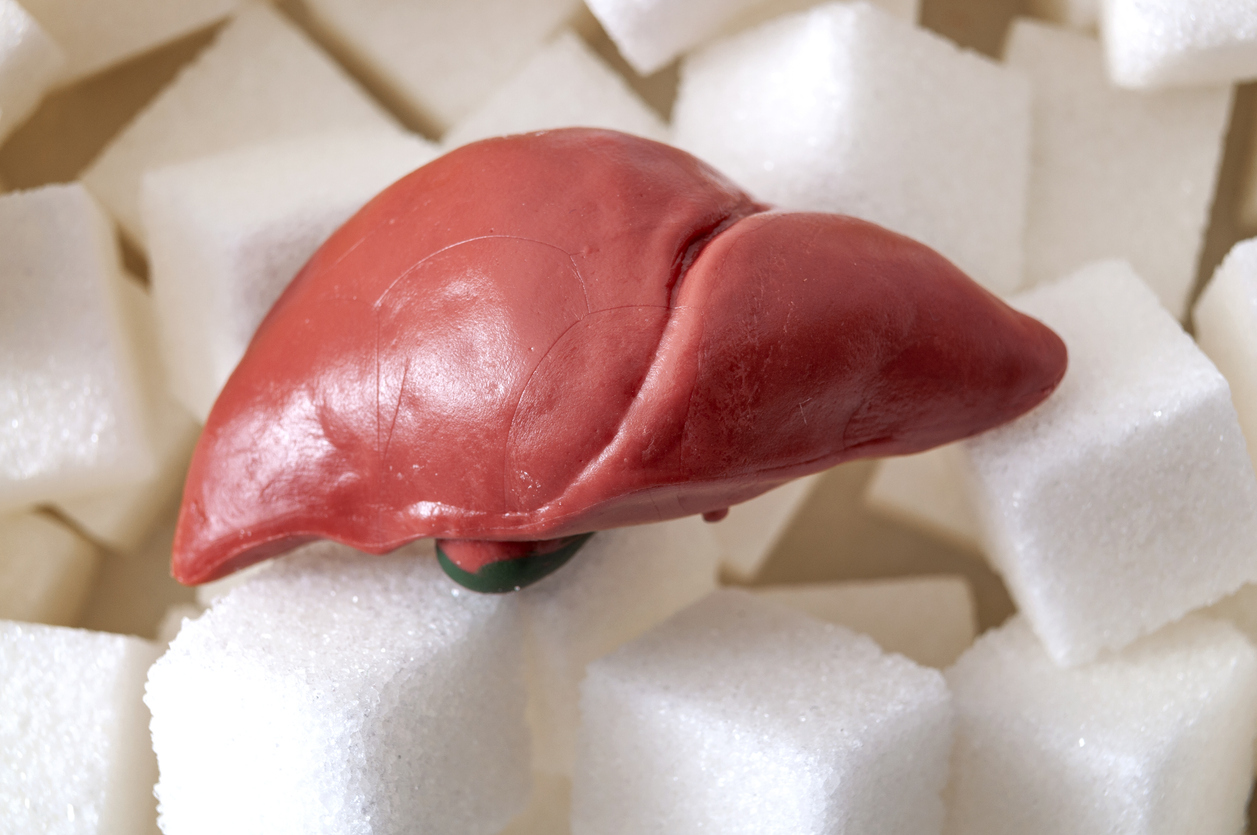Fatty liver disease, medically known as hepatic steatosis, occurs when excess fat accumulates in the liver. This condition can lead to liver inflammation, which may progress to fibrosis and potentially to cirrhosis or liver failure. The purpose of this guide is to provide an overview of the treatment strategies for managing fatty liver disease and slowing the progression of fibrosis. Through lifestyle interventions, pharmacological options, and regular monitoring, patients can work towards healthier liver function and an improved quality of life.
Fatty liver disease, encompassing both non-alcoholic fatty liver disease (NAFLD) and its more severe form, non-alcoholic steatohepatitis (NASH), leads to excessive fat accumulation in the liver. When left unaddressed, this condition can progress to fibrosis, a stage of liver damage characterized by the accumulation of scar tissue. Understanding the treatment options for both fatty liver disease and fibrosis is crucial for preventing further liver damage and promoting liver health.
Treating Fatty Liver Disease
The cornerstone of managing fatty liver disease lies in lifestyle modifications aimed at reducing liver fat and inflammation and preventing the progression to fibrosis or cirrhosis. Key strategies include:
- Dietary Changes: Adopting a balanced diet rich in fruits, vegetables, lean protein, and whole grains while limiting saturated fats, sugars, and refined carbohydrates helps in managing body weight and reducing liver fat.
- Weight Management: Weight loss is highly beneficial in reducing liver fat. A gradual weight loss of 1-2 pounds per week through diet and exercise is recommended to avoid potential complications associated with rapid weight loss.
- Exercise: Regular physical activity, even without significant weight loss, can improve liver enzyme levels and decrease liver fat. A combination of aerobic exercises and strength training is often advised.
- Alcohol Moderation: For individuals with NAFLD, reducing or eliminating alcohol consumption can prevent additional liver damage.
- Control of Underlying Conditions: Managing conditions that contribute to fatty liver disease, such as diabetes, high cholesterol, and high blood pressure, is essential. This might involve medication, diet, and physical activity to control blood sugar levels and improve lipid profiles.
Addressing Liver Fibrosis
Once fibrosis develops, the focus shifts to preventing further liver damage and managing any complications:
- Regular Monitoring: People with advanced fatty liver disease or fibrosis should undergo regular monitoring, including liver function tests and imaging studies, to assess the progression of liver damage.
- Medications: Currently, there are no approved medications specifically for the treatment of NAFLD or fibrosis. However, treatments aimed at controlling the underlying causes of liver damage, such as insulin resistance and inflammation, are crucial.
- Avoiding Hepatotoxic Drugs: Some medications can exacerbate liver damage. It’s important to review all medications, including over-the-counter and herbal supplements, with a healthcare provider to ensure they’re safe for liver health.
- Consultation with a Specialist: In cases of significant fibrosis or cirrhosis, referral to a hepatologist or a gastroenterologist specializing in liver disease might be necessary. These specialists can provide advanced care, including evaluation for potential liver transplantation in severe cases.
Innovative Therapies and Research in Fatty Liver Disease
Emerging treatments and ongoing research are pivotal in the fight against fatty liver disease and fibrosis. Clinical trials are currently underway to evaluate a variety of novel therapeutics, including medications that target liver inflammation and fibrosis specifically. In addition to pharmacological interventions, investigators are exploring the potential of lifestyle modification programs, bariatric surgery options for obese patients, and the role of nutritional supplements in managing liver health. The ultimate goal of these efforts is to discover effective treatments that can halt or reverse the progression of fatty liver disease and prevent the onset of serious complications such as cirrhosis and liver cancer.
Conclusion
The treatment of fatty liver disease and fibrosis primarily involves lifestyle changes aimed at weight management, dietary improvements, and regular physical activity. Addressing underlying health conditions and avoiding alcohol and hepatotoxic drugs also play a significant role in treatment. For individuals with advanced stages of liver disease, specialized medical care and regular monitoring are essential to manage the condition effectively. Collaboration with healthcare professionals ensures the development of a tailored treatment plan to halt the progression of liver disease and promote liver health.



 Close
Close